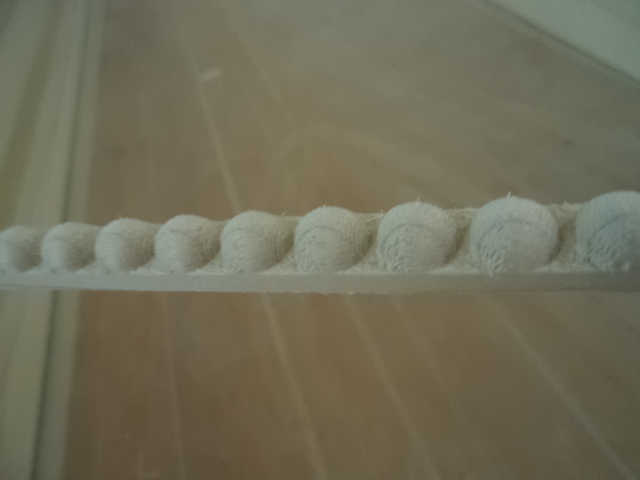Question
I want to deeply incise 5/4 and 6/4 walnut slabs to produce a unique product. CNC carving is the only way. Am I just kidding myself by looking at the lighter duty tables with the 3 HP routers? The price looks right, but what kind of problems am I looking at, other than slower production times? Some of the cuts may be over an inch deep into the walnut. Will there be deflection problems and rapid wear out of parts and the like on these light duty tables? Not enough software power for the carving? Other problems I might not even be aware of? One option I am considering is purchasing a used higher end machine instead. Am I setting myself up for software nightmares with these old machines when applying Artcam type designs for cutting?
Forum Responses
(CNC Forum)
From contributor A:
The last of your considerations may be the most feasible. I caution you to approach purchasing a used piece of machinery in the same manner you would a used automobile. Know what you’re buying, know who you’re buying it from, and ask multitudes of questions. If possible visit the machinery on site if under power. If you are already committed to using a particular software (such as Artcam) then make sure a post exists for the machinery you intend to purchase. Make sure the era of the controller does not limit you by its ability to interpret or process large code files (if you believe them to be large). There are numerous considerations; do not hesitate to explore them all until you are satisfied. That said, there are some great buys out there if you know where to look, know what you’re looking for and the right questions to ask.
All of the programs I run are up to and bigger than 3 megabytes (300,000 lines of code) and as long as the DNC link is good you will be able to drip feed. It would be worth to check the controller options on this forum when you find a machine that you think meets your expectations. I am glad I did not buy one of the new light, no tool, change machines, because I now see the reason there are auto tool changers and decent horsepower spindles, good vacuum tables and all the frills you can get on a used machine. The message is do your research as to what can go wrong with the machine you intend on buying.
If you already have Artcam Pro talk to your reseller when you are ready to commit and get him/her involved from the get go, as they generally have good industry experience, and can save you a bundle. Before I forget, barter the prices way down - you will be surprised how low a lot of the sellers go. Attend auctions - I saw a 6 month old Morbidelli go for $85K and the selling dealer said the customer had paid $170K - so there are bargains to be had. Don't forget to put about 20 grand aside for tooling. If you think I am joking wait and be surprised - collets, cutters, etc. are not cheap when you need to retool a complete machine.
Learning from scratch and learning what is not right with your used machine can be an expensive and long learning curve. There are a number of new machines that would accomplish your task with the added advantages of a new machine purchase including controller training, a 1 or 2 year warrantee on parts and labor, hands-on advice about software, tooling and jigging your project. Don't be seduced by low prices alone. Look at your whole project and buy accordingly.
1. If you can find a good, reputable used machinery purchase, putting into place, an upper end machine for the same or equal monetary value as a new lower end machine. If things do not pan out for you, you have a much greater chance or recovering more of your investment.
2. If you are purchasing this on a hobbyist level or with the intent of using the purchase for the rest of its life in your garage, basement - progressing to a point of some form of subcontract manufacturing, by all means purchase within your means to accomplish the task you want.
3. If your goals are already with the intent of production, or imminent visions of ramped up production at some date in the future, you’re slighting yourself if you exclude options. I am not a salesman - I offer contributions in this and other CNC related forums at the expense of my own personal time in an effort to try to help people. My hope is that at a minimum you can make educated decisions that you are content with and reflect your best interests.
